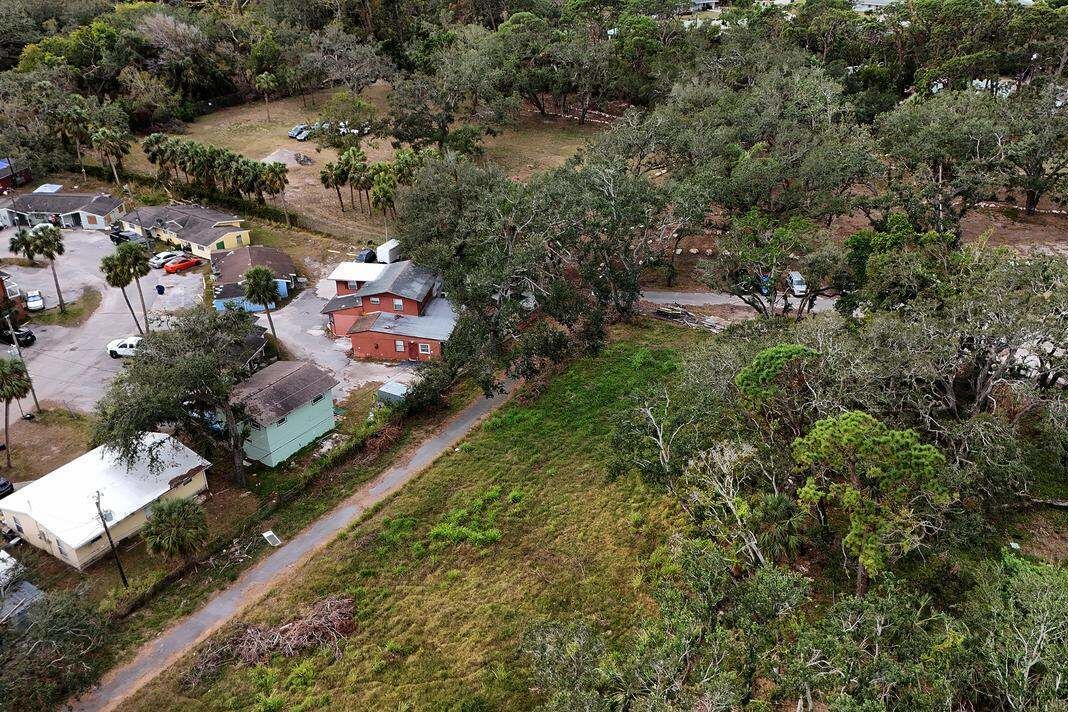Eight Ways to Rock Your Offsite Meeting

Image: Pixabay
Company retreats out of the office can energize employees and increase productivity. Choosing the right venue to engage employees is important—and with several new hotels in Sarasota and Manatee, the options are plentiful. Also critical is planning before, during and after the retreat. Before investing your time and money, here are eight steps to ensure your meeting gets the results you want.
Lenora Ritchie, vice president of Sarasota-based Carter Global consulting agency, which works with philanthropic organizations, says she prefers exercises more aligned with the goals of planning sessions that she facilitates. She once used Myers-Briggs with negative results.
“It became [a] kind of labeling,” Ritchie says. “I think it can be helpful if we emphazise this isn’t a label. It’s a tool to help us communicate and understand.”
The Myers & Briggs Foundation cautions that administrators must explain that each of the 16 personality types is valuable. “Stress that type does not imply excellence, competence or natural ability,” foundation guidelines say.
Douglas Van Dyke of Leadership Simplified in Bradenton finds [Myers-Briggs] too rigid. “As people, we’re more complicated than [the] 16 boxes of Myers-Briggs,” he says. Instead, he uses an exercise that circles back to the theme of the meeting. Any test needs to match your group’s dynamics and desired outcome, he says.
Get Out of the Office
Push your employees out of their comfort zones and the “assigned” seats they gravitate to during regular office meetings.
Going offsite creates a new environment that helps employees take a fresh look at each other and fuels creativity.
“They help employees think outside the box and be a little more open-minded,” says Lenora Ritchie, vice president of Carter Global, a Sarasota-based worldwide nonprofit consulting agency.
Offsite meeting places don’t have to be luxurious, but they should be clean, bright and have good acoustics. They should be big enough to accommodate the group but not so large that employees are dwarfed by the room. Make sure the space can accommodate video and other tech tools, flip charts and breakout rooms if needed.
Use a Facilitator
When the company’s CEO leads the meeting and offers opinions, employees aren’t as open or energized. An objective, outside voice is critical.
Facilitators work with stakeholders beforehand to set goals, then they guide the discussion and make sure everyone is heard. They should be able to build trust as they steer the group toward outcomes that can be implemented and measured. “Having a good facilitator ensures that there’s good time efficiency and the group’s going to stay on task,” says Douglas Van Dyke, founder of Leadership Simplified in Bradenton.
Engage Meeting Attendees Beforehand
Pre-planning is crucial. Nothing can derail a meeting faster than fuzzy goals.
Attendees should have a chance to provide input on the agenda. A CEO working in a vacuum ensures there will be no buy-in and the meeting will be a colossal waste of time and money.
Ritchie asks these key questions: “Why are we having this? What do we want to get out of it? And what does success look like?” Visioning—a look at the big picture and where the company wants to be in the future—is important, even for companies that are only seeking to update an existing strategic plan.
Van Dyke does one-on-one interviews with attendees beforehand. Ritchie sends out a questionnaire and talks to key players or a small steering committee to determine the retreat’s objectives. Listing at least two to three specific items that the group wants to achieve is key.
It’s important to distribute relevant reading material before the meeting, but don’t overwhelm the attendees with a mountain of information.
Create a Time-Specific Agenda
The agenda provides a road map to how the retreat will unfold, but it also allows for productive discussions that may not have been anticipated.
Van Dyke and Ritchie plan agendas down to the minute, but neither is overly rigid, making sure to weave in free thinking time. Participants should understand how much work needs to be done and the amount of time allotted to accomplish the tasks.
At the retreat, don’t waste valuable time on mind-numbing PowerPoint presentations. Keep it short—most meetings can be conducted in a half-day to a day and a half.
Include the Right Team-Building Exercises
Getting out of the office allows everyone to interact in different ways and see each other in a different light.
Team-building exercises are crucial, but can quickly backfire. Don’t encourage overly competitive behavior or force people to sing and dress up in military garb to hunt each other in the jungle.
“These kinds of activities can create the perfect storm of irony and cynicism,” writes Ben Dattner in Harvard Business Review.
Jennifer Simms, senior manager of special events and sponsorship at the Sarasota Opera, says meetings should be focused but entertaining. Team-building retreats during her prior job as an event planner at the Hyatt Regency Sarasota included scavenger hunts and kayaking.
“If I’m going to spend a whole day going to a conference or retreat, I want to feel like something positive has happened and bond a little bit with my peers,” Simms says. “Have a good agenda, a good goal, teach your people something new to keep them at the edge of their seats.”
Remember the objectives when choosing the exercise. Keep it fun, but keep it focused.
Hear All Voices
Facilitators walk a fine line, encouraging open dialogue while guiding the conversations back to the task at hand.
Everyone who attends should get a chance to speak, especially the introverts who may have a lot to offer but are often overshadowed by their extroverted colleagues.
Breaking into smaller groups makes it easier for all voices to be heard and gives everyone a chance to contribute based on the tasks assigned to each group. Van Dyke encourages everyone to check their titles at the door to level the playing field.
Set Ground Rules
Make sure people know what is expected of them and stick to the agenda.
To keep the discussion on track, facilitators often use a “parking lot,” a holding pen for topics that come up that are outside the scope of the meeting. Writing down tabled items is a valuable exercise, and the facilitator should circle back to the list at the end of the meeting.
“The facilitator and everyone there needs to be able to respectfully call a time-out if we’re really getting in the weeds,” Van Dyke says.
Write everything down, either on a whiteboard or a flip chart, to document key themes, discussion points, consensus and agreement. Laptops and cell phones need to be turned off, and food should be served in another room to avoid distractions.
Summarize and Follow Up
As the event is wrapping up, make sure that the next steps are spelled out.
Outline consensus, key themes, commitments, assignments and next steps to ensure momentum and accountability. Create a meaningful action plan and assign people to implement each piece of the plan. Set specific deadlines—actual dates—and methods by which to measure success.
Ritchie sends out a summary within two to three weeks of the retreat, spelling out what was discussed, what was agreed upon and what’s next. Schedule follow-up meetings and check-ins.
Sometimes a company’s culture is more important than the action plan itself, Van Dyke says. Facilitators work to align strategies, future actions and the culture.
“You can have the best strategic plan that’s laid out with detailed action and who’s going to do what, by what time,” he says. “If the culture is not consistent with the action plan, it may be doomed to fail.”



